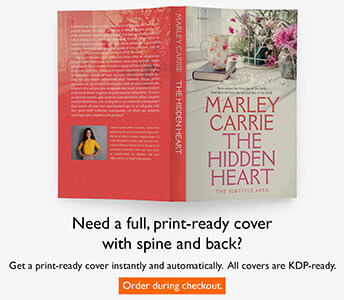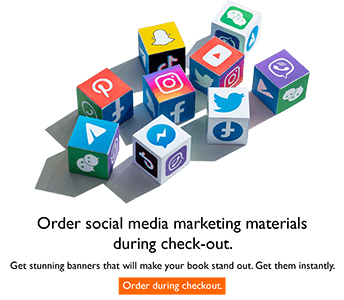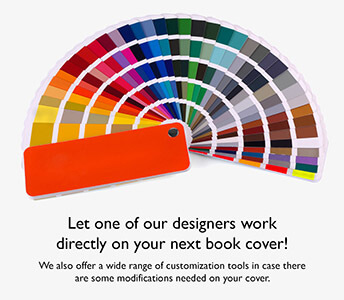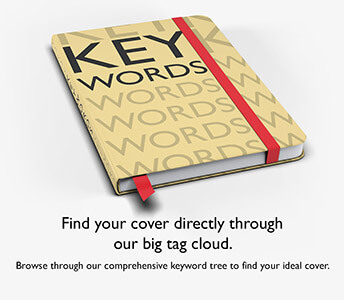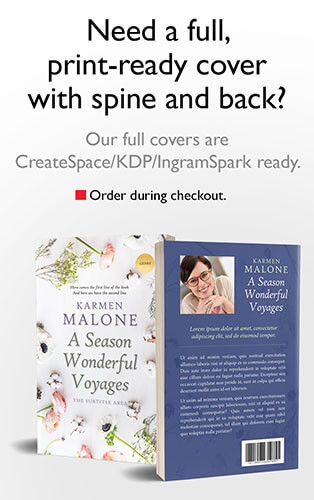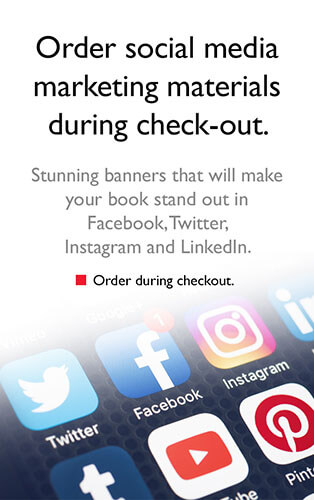With thousands of books published every day on Amazon KDP, standing out can be a daunting task. Without the right strategies, your book risks becoming just another addition to their expansive catalog, lost amid countless titles. But fear not—there are proven techniques to ensure your book catches the eye of potential readers. Today, we’ll delve into some of these essential tactics. While each bestselling book has a unique marketing journey, there are steadfast rules and must-dos that remain constant. Now that you’ve crafted your masterpiece and are ready to list it on Amazon, it’s crucial to gain an overview of the key steps you should prioritize to boost your book’s visibility and success.
You want reviews! But not just any reviews, you want verified reviews!
To start, accumulating reviews from verified sales is pivotal. Verified reviews come from individuals who have legitimately purchased and read the book. Imagine browsing through an array of new titles; naturally, you’d gravitate towards those with reassuring feedback. Reviews validate your work, building trust with potential readers. Amazon’s algorithm also favors books with more verified reviews. Aim to encourage your readers to leave genuine feedback; it could make the difference between a prospective buyer choosing your book over another. In today’s modern literary landscape, there’s nothing wrong with asking for a review inside your book, either at the beginning or the end. A gentle nudge in the form of a note, thanking readers for their support and inviting them to share their thoughts, can facilitate this crucial step in building your book’s reputation. And finally don’t use shady tactics to get reviews. Amazon’s algorithms are continually evolving and relying on a flood of unverified reviews can lead to your book being swiftly removed from the platform. Moreover, when you ask readers to invest in your book and dedicate their time to reading it, they deserve your respect and honesty—not deception.

Which genres will return in more sales?
When choosing a genre, mainstream categories like romance, thriller, and self-help often dominate sales. However, vast popularity also translates to fierce competition. Delving into niche genres can be a strategic move. These smaller, defined segments may have lesser competition but possess a dedicated audience eager for more quality content. It’s all about striking a balance between passion and market demand. Ultimately, it’s important to write about what you know and feel confident about. Writing too generally on a popular subject may not stand out in a crowded market, while providing in-depth insights on a niche subject can be more profitable in the long run.
Go all on it with formats.
Providing your book in diverse formats—eBook, paperback, hardcover, and audiobook—can substantially improve your sales reach. While eBooks are swift and economical, many readers cherish the tangible experience of flipping through a paperback or a hardcover. Audio books, in particular, are soaring in popularity, catering to the multitasking reader who wishes to indulge in stories during a commute or workout. Investing in audiobook production can be a strategic long-term game plan, capturing audiences who prefer listening over reading.

How long should a book be?
The length of a book matters significantly because it aligns with both audience expectations and the purpose of the content. Quick reads are designed to provide compact knowledge efficiently, appealing to those seeking immediate insights or solutions. In contrast, longer books are often crafted for enjoyment, offering readers an immersive experience that can fill their leisure time.
Genres also dictate book length. For instance, a mystery thriller might thrive at a brisk 70,000 words, maintaining suspense and engagement. Conversely, epic fantasies often demand a sprawling canvas, sometimes exceeding 100,000 words, to intricately craft worlds and character arcs. In non-fiction, self-help or business books might range from 40,000 to 60,000 words, providing concise but impactful advice and strategies. On the other hand, historical or scientific non-fiction works often require a more detailed exploration, leading to lengths beyond 80,000 words to thoroughly convey their complex narratives or findings. Understanding these expectations is critical to hooking your target audience effectively.
How to come up with a correct title?
Titles serve as a reader’s initial interaction with your book. There’s a saying: when you enter a bookstore, the first thing you notice is appealing cover art. Then you read the title. If the title captures your interest, you pick up the book and read the synopsis on the back cover. Finally, you proceed to the counter to purchase it. So, how do you create an effective title for your book?
Crafting the perfect book title is more than an art; it’s a science. A compelling title should spark curiosity and resonate with your genre. Moreover, integrating a relevant keyword enhances searchability. For instance, a historical novel could benefit from terms like “Victorian” or “Medieval Adventure” within its title, capturing the attention of genre enthusiasts browsing through Amazon’s vast library.
In the realm of non-fiction, striking titles can also play a crucial role. A personal finance book might use intriguing keywords like “Financial Freedom” or “Wealth Building” to attract readers eager for strategic insights. A psychology book could incorporate terms like “Cognitive Unleashing” or “Emotional Intelligence Mastery” to draw in individuals seeking to deepen their understanding. Similarly, a book on environmental issues might benefit from engaging keywords such as “Sustainable Innovation” or “Eco-Transformation” to captivate readers interested in green living and conservation.
Don’t write just one book.
Being a single-book author can limit your literary prospects. While some, like Harper Lee with “To Kill a Mockingbird,” succeed with just one title, such cases are rare. Writing is a long-term endeavor where success typically comes from building a portfolio of work. Each new book not only offers additional income but also helps expand your audience, refine your skills, and enhance your visibility in a market full of one-hit wonders.

Successful authors often achieve recognition through persistence and multiple publications. Writing continuously keeps you relevant and encourages readers to return for more. Authors like Stephen King and J.K. Rowling have crafted enduring careers with dozens of books, achieving success not overnight but through sustained effort and development. By consistently producing new material, authors create a cumulative effect, where each book contributes to the ongoing success of the next, paving the way for a sustainable career.
How should AI technology be used?
As AI technology advances, it offers invaluable assistance in writing your book, crafting the blurb, and even brainstorming title ideas. It helps streamline your process, providing inspiration and suggestions to keep writer’s block at bay. However, it’s crucial to remember that authenticity remains key. Over-reliance on AI can result in bland or generic work. Ensure your unique voice and creativity shine through, using AI as a support tool, not a crutch.
Finally, never compromise on quality. While a compelling marketing strategy might drive initial sales, the real victory lies in crafting a book that readers cherish and recommend. A well-written, engaging book ensures that readers who finish your work eagerly anticipate your next release, building a loyal reader base. Conversely, a poorly executed book, despite robust initial sales, could deter readers from returning to your future endeavors.
In the ever-evolving landscape of self-publishing, focusing on these elements can guide you towards achieving not merely good, but extraordinary book sales on Amazon KDP. Nurture your craft, embrace innovation, and always remember the reader’s journey you’re enriching. Trust in the process, remain patient, and your stories will find the audience they truly deserve.
